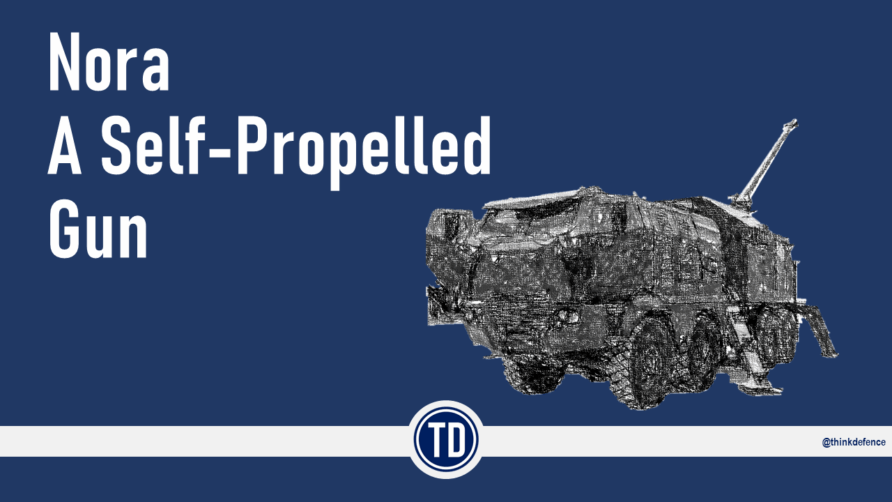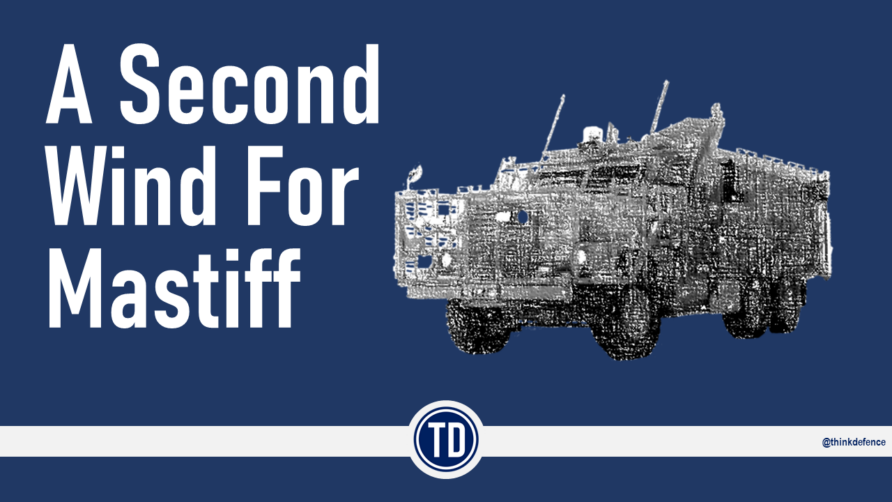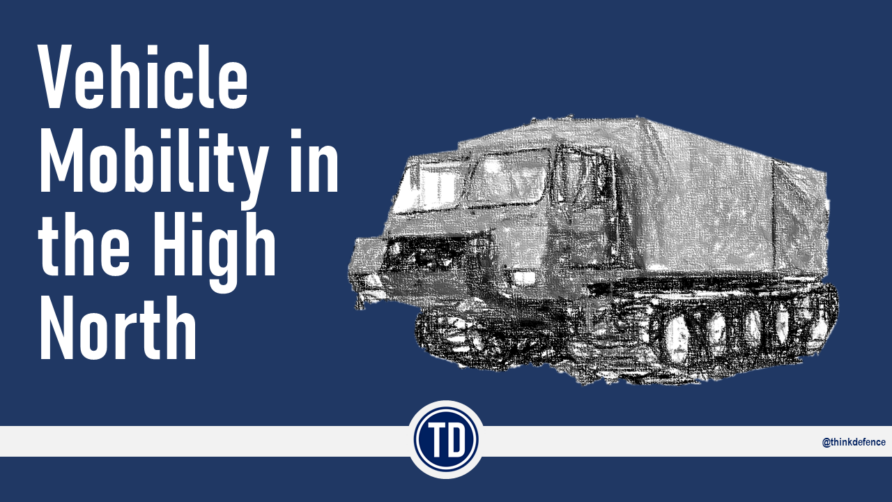If carrying helicopters inside helicopters is a niche capability, carrying engineering plant inside them is a niche within a niche.
It is difficult to think of an abundance of military tasks that require this but for the sake of completeness, still worth a look.
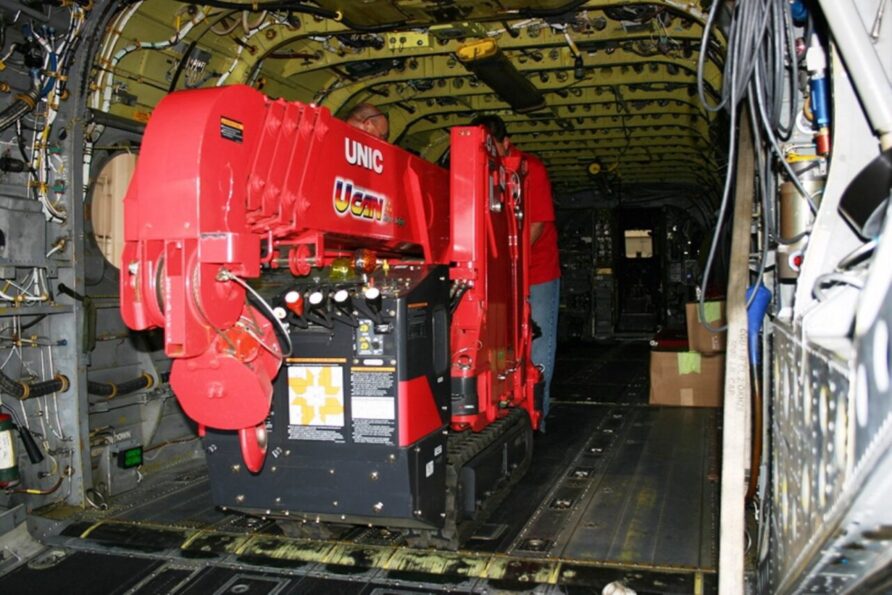
I will also include boats in this category as well.
Trailer Geometry (again)
There are examples of road-mobile plant that are designed to keep up with manoeuvre forces, but they tend to be at a larger scale, like the JCB High Mobility Engineer Excavator (HMEE) shown in the image below.
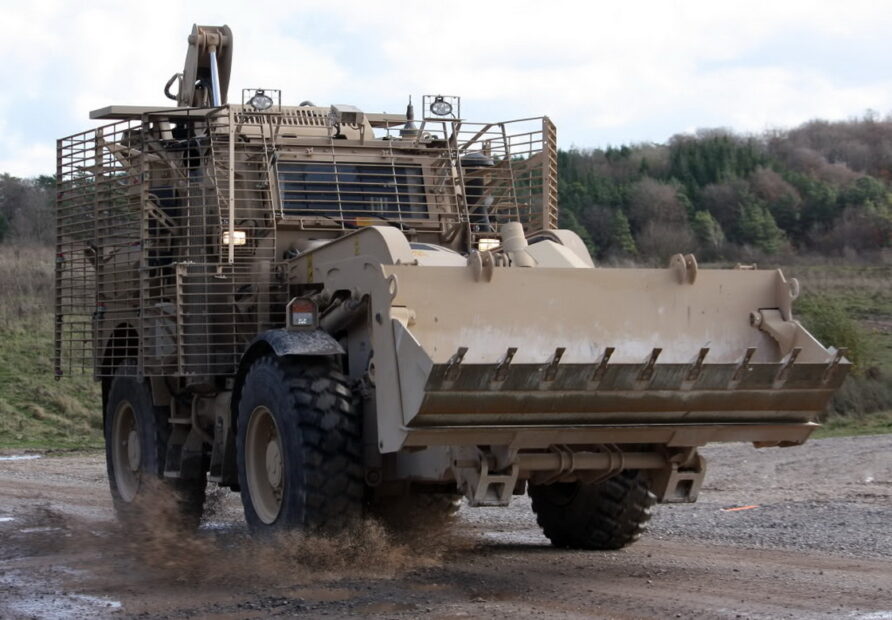
It would not fit, and even if it did, neither Merlin nor Chinook would lift it.
If engineering plant and equipment are required, it would need the same mobility as the vehicles in the previous posts, likely having to be carried on a trailer.
We need to talk about trailer geometry, again.
To maximise load bed width, trailer wheels can be fitted underneath the load bed, but this increases the ‘height above ground’ of that load bed.
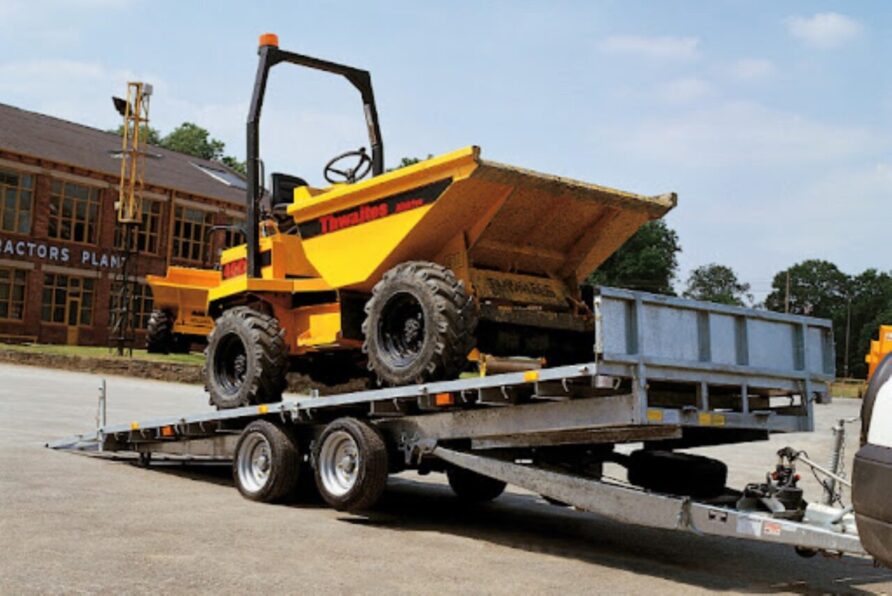
A trailer with an increased suspension travel and ground clearance will also tend to be higher. Higher trailers will be more difficult to load and unload, requiring longer ramps or tilting mechanisms.
To reduce the height of the trailer load bed to maximise the height available, the wheels must be placed outboard of the load bed, reducing the available width for the equipment.
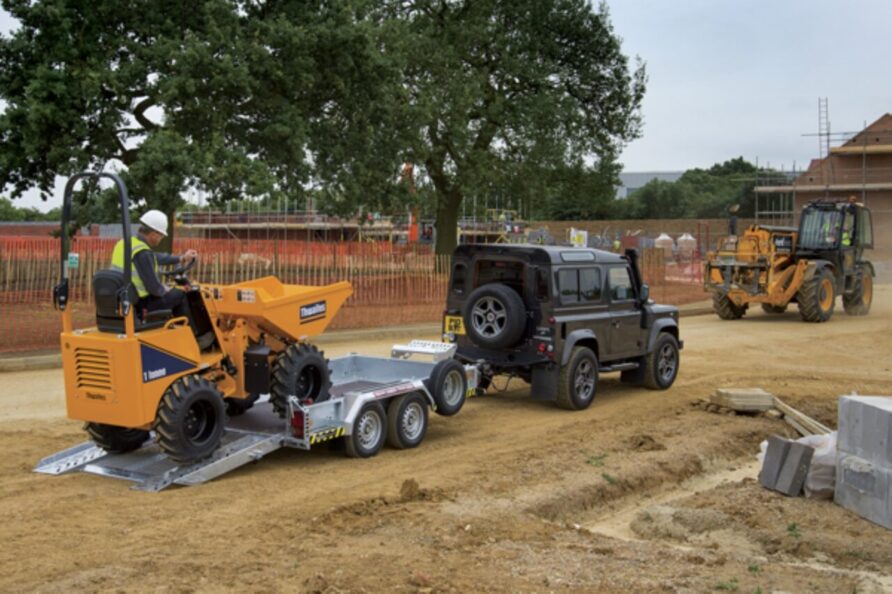
Low-height trailers are easier to load and unload, but will have limited mobility away from well-found roads and tracks.
The height and width of the equipment must be added to the height and width of the trailer it will be carried on.
Engineering Plant
Small Plant, Tools, and Defence Stores
Assault pioneer tools, small plant and defence stores can be carried as general cargo on any of the vehicles described earlier in the series.
These could range from demolition charges to a battery-powered concrete breaker, from three dozen off-route mines to an EOD robot.
Any vehicle that can export power, compressed air or hydraulics is good.
Most of the in-service small plant would fit inside either Merlin or Chinook.
The Unic ‘spider crane’ in the introduction is generally used for aircraft maintenance but could also be used for other tasks.
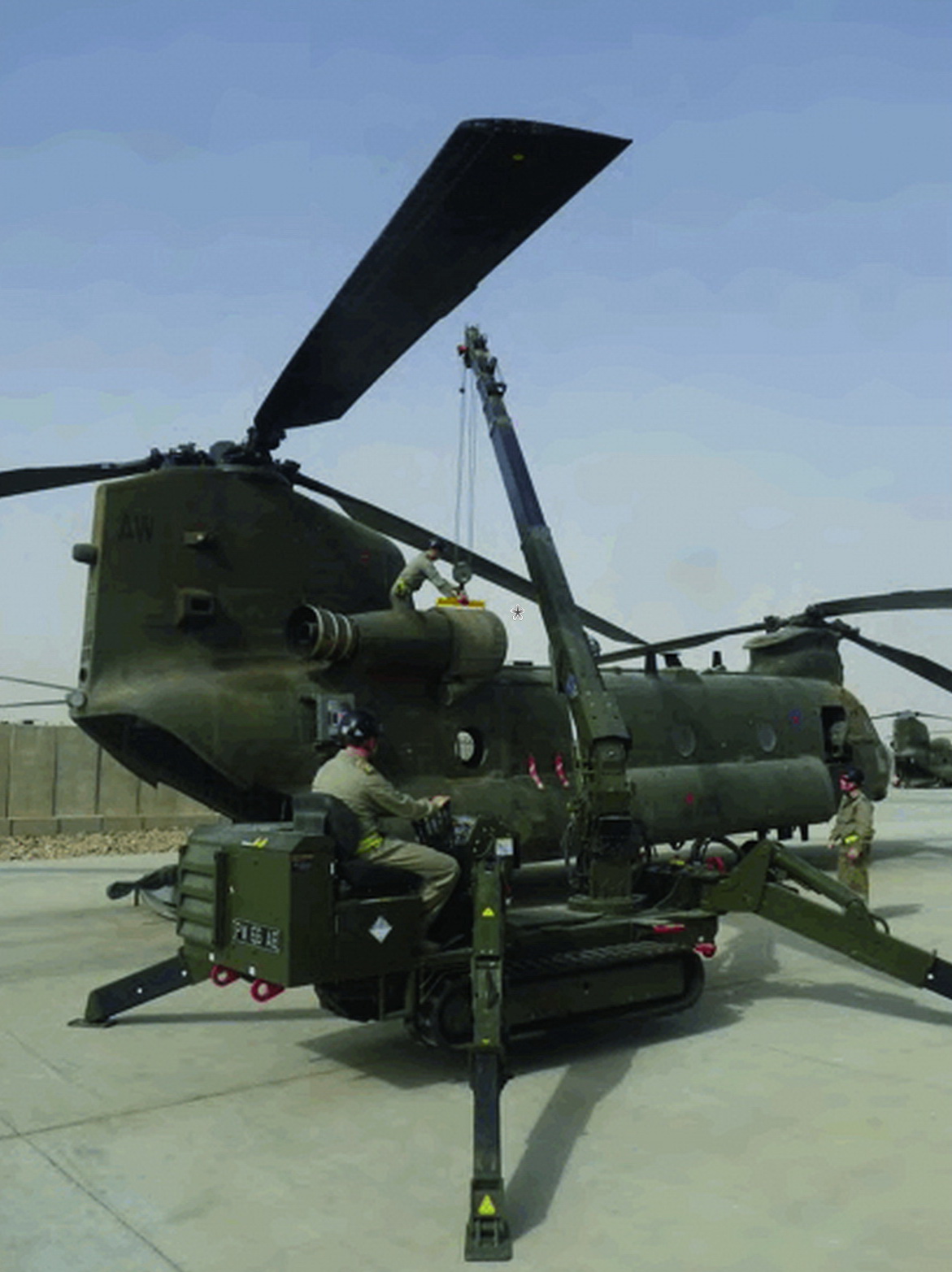
Existing equipment such as the Terex TA3 site dumpers or Wacker RD27 rollers, Xcalibre Neptune coring drill, and Wacker DSL plate compactors, but these are general construction and larger scale EOD equipment, less likely to be needed.
Although considered to be ‘small plant’, the 994 BBT Mini Transporter has a range of useful modules and attachments that could be useful.
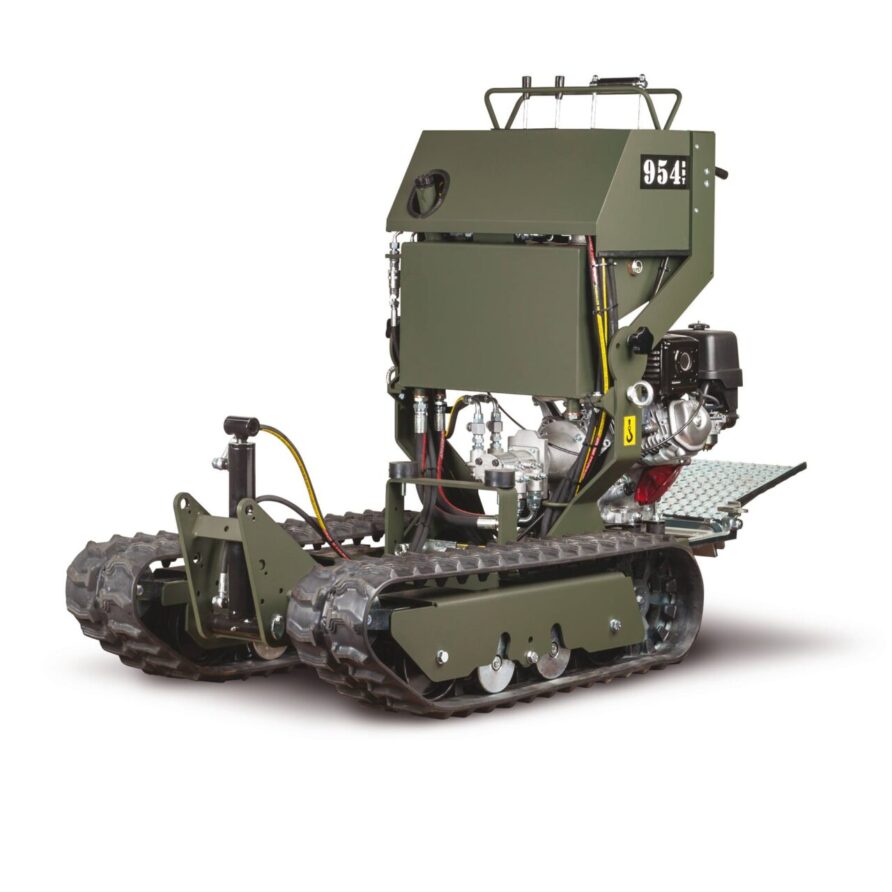
Modules can fitted to cover a range of different site tasks; cranes, mixers, backhoes, and dumpers for example.
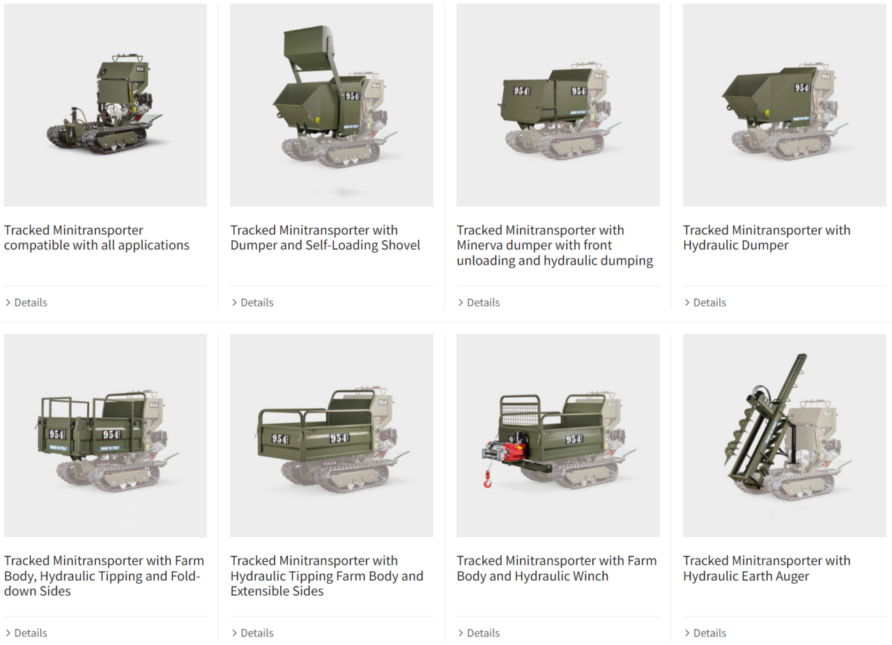
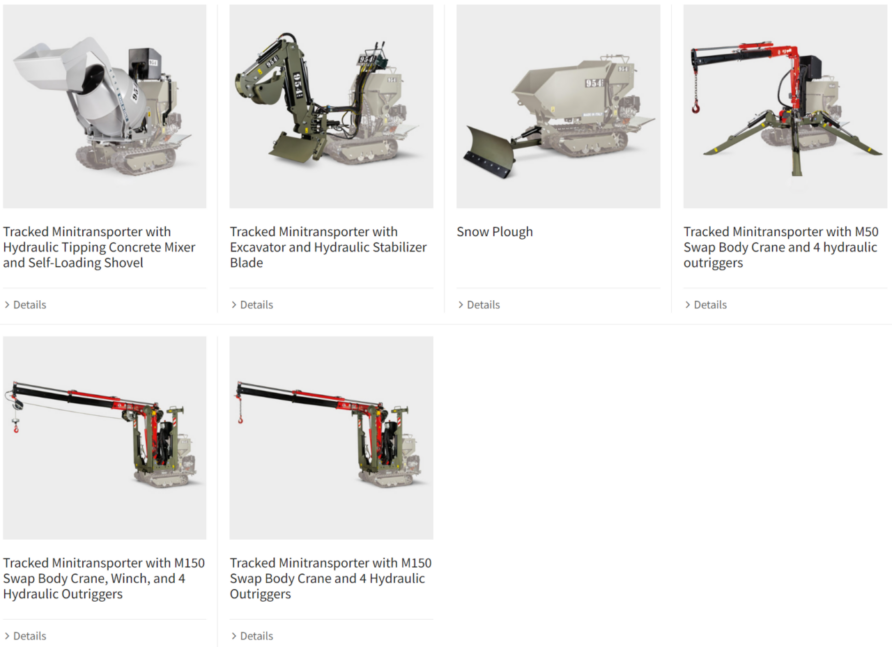
This kind of equipment is not unique, but it is small enough to transport easily and just about big enough to be useful.
It would not need a specialist trailer and could be manually loaded and unloaded.
Loaders and Excavators
Wheeled or tracked loaders and excavators are likely to be better suited, but even the Ultra-Light equipment currently in service would be a difficult fit without some additional engineering work.
For example, the 2,2m high JCB 8018 CTS excavators have a fixed cab, not a folding ROPS. Even with a low-height trailer, this is far too high.
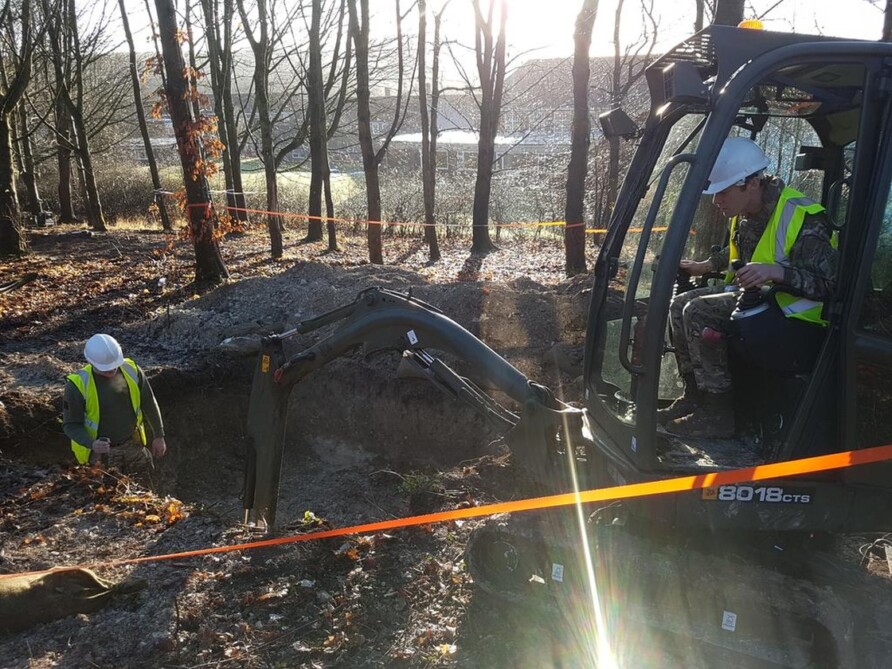
The JCB 3CX ‘all-arms’ wheeled loader and backhoe is 2.74m high, again, too high.
No equipment in service would fit, not even the compact JCB 524 telehandlers.
Industrial and construction markets make use of compact products, especially those designed for in-building works and domestic construction where door widths are a constraining dimension.
Not an exhaustive list, but a handful of other examples…
Tow Behind Backhoe
An exception to the rule about requiring trailers is the tow behind backhoe excavator.
The Kellfri Backhoe Digger also runs from a 10hp engine but does not have the hydraulic export feature of the older Powerfab or quite the digging depth. As can also be seen, it does not have independent travel capability. At £3,600 each though, pretty cheap, and at less than 500 kg, relatively easy for the in-service quad bikes to tow.
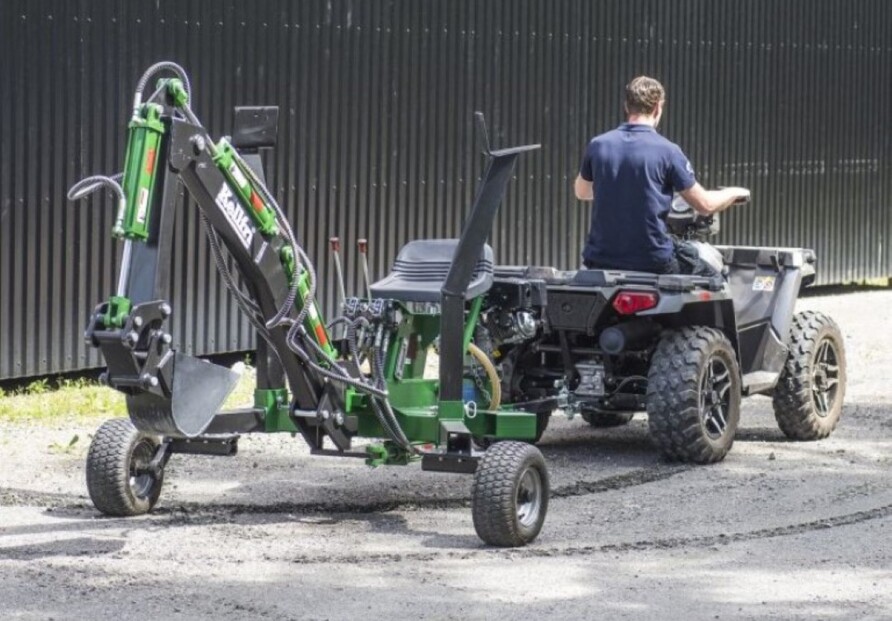
The Powerfab Spider excavator is another example, with the key difference being the ability to slew 360 degrees.
Bobcat MT100
Compact skid steer loaders and tool carriers tend to have the operator stand on a footplate at the rear of the vehicle, which is good in a height-constrained environment.
Ditch Witch, Bobcat, Sherpa, Wacker Neuson, Kanga, and Vermeer, all have a range of models.
The Bobcat MT100 is a good example of this type, compact and powerful.
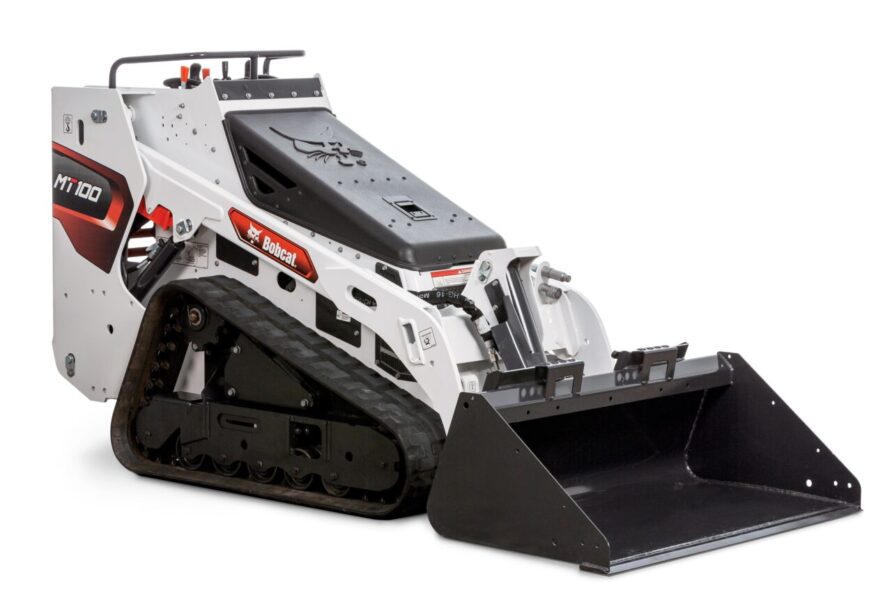
The operating weight is 1,538 kg, and it can be fitted with different attachments.
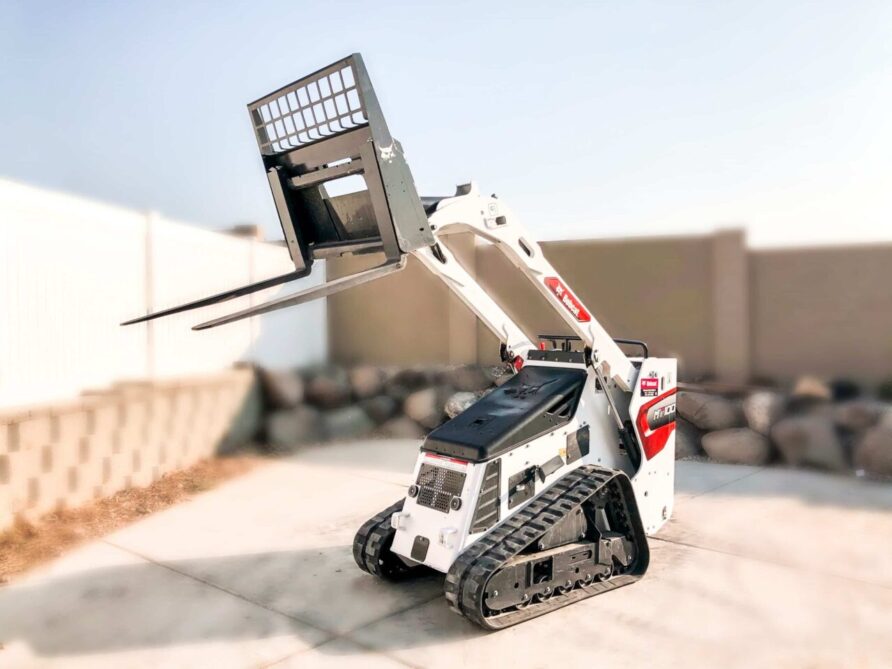
Its length with a standard bucket is 2.7m, its width with the same bucket is 0.91m and its height is 1.38m
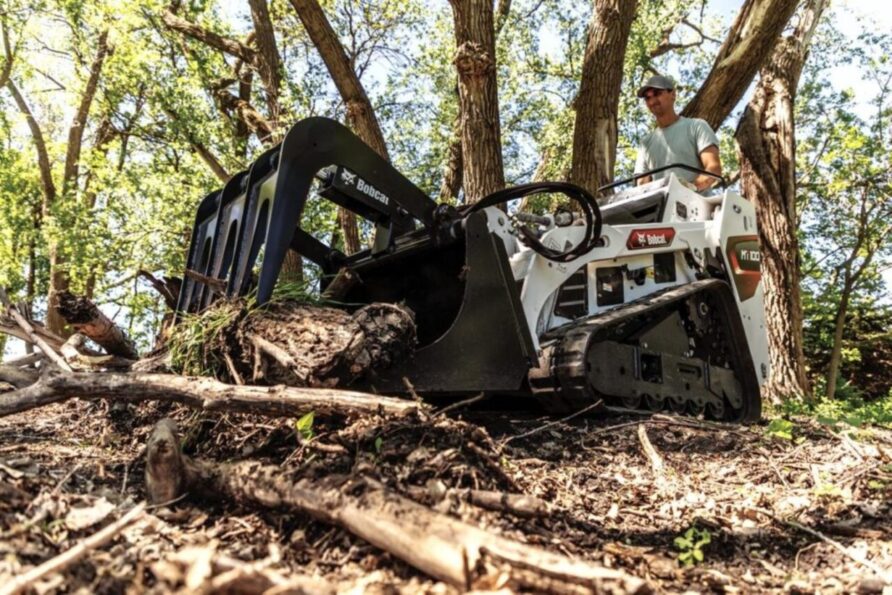
A front-mounted excavator attachment is shown below.
Multi One 7 Series
Multi One specialise in compact articulated loaders, the mid-range model is the Series 7
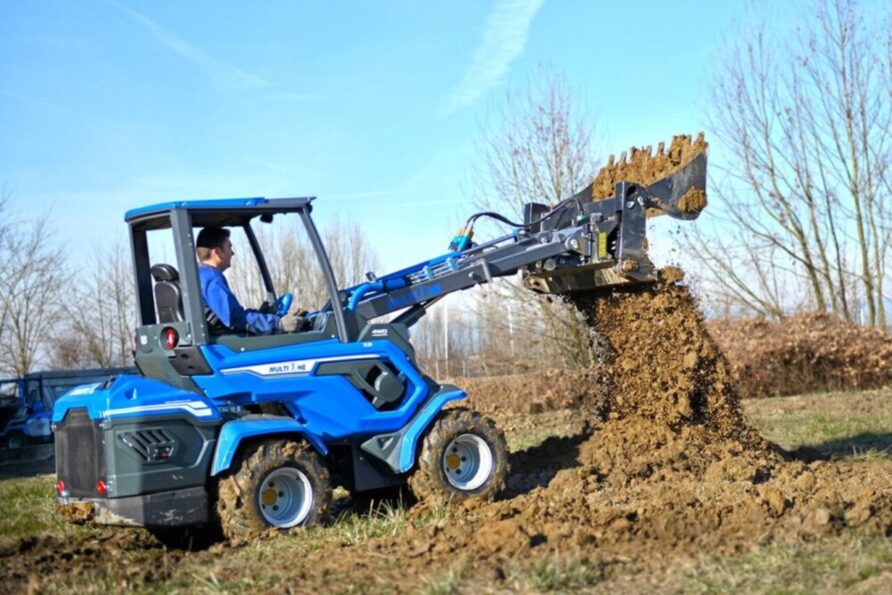
The working weight is 1.7 tonnes, its length is 2.7m without any attachments, and its width is 1.13m
The height to the top of the steering wheel is 1.3m if fitted with a folding ROPS, some room for a low-profile trailer.
Various attachments can be fitted.
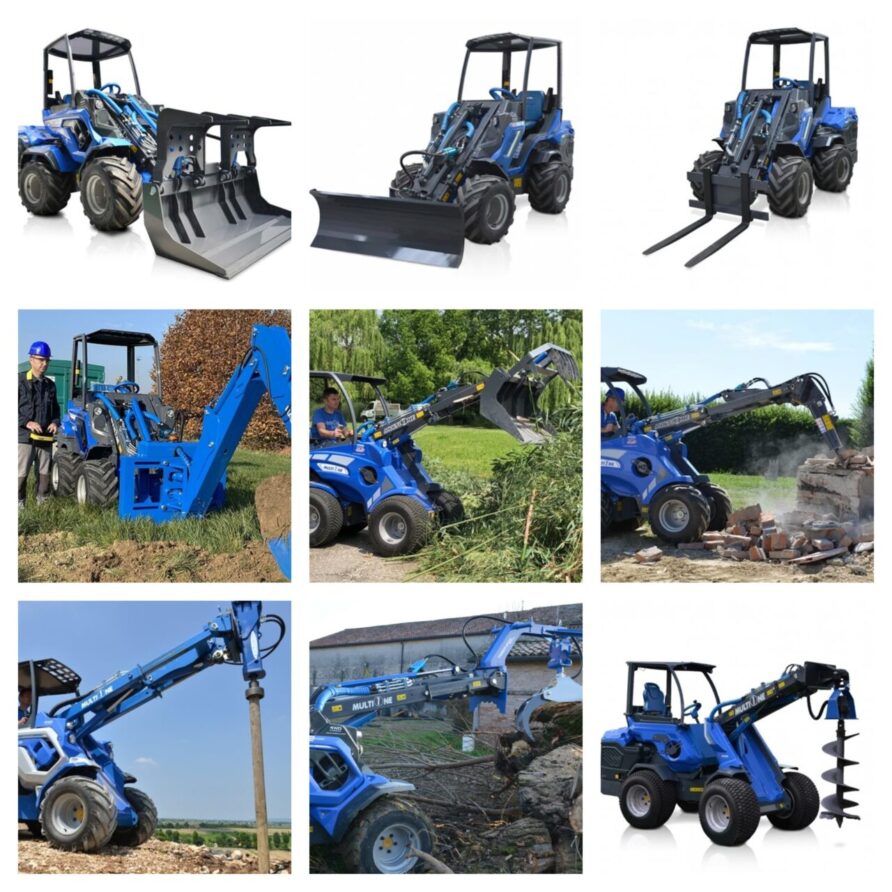
A track system is available to significantly improve traction, but this would increase the width and height to a point where, although it would fit, it would not fit on a trailer. It would also be quite difficult to load and unload because of the height, so if tracks were needed, it would probably make more sense to move down the size range.
Teleoperated Equipment
Teleoperated equipment also lends itself well to internal carriage.
The Brokk 70 demolition robot, for example.
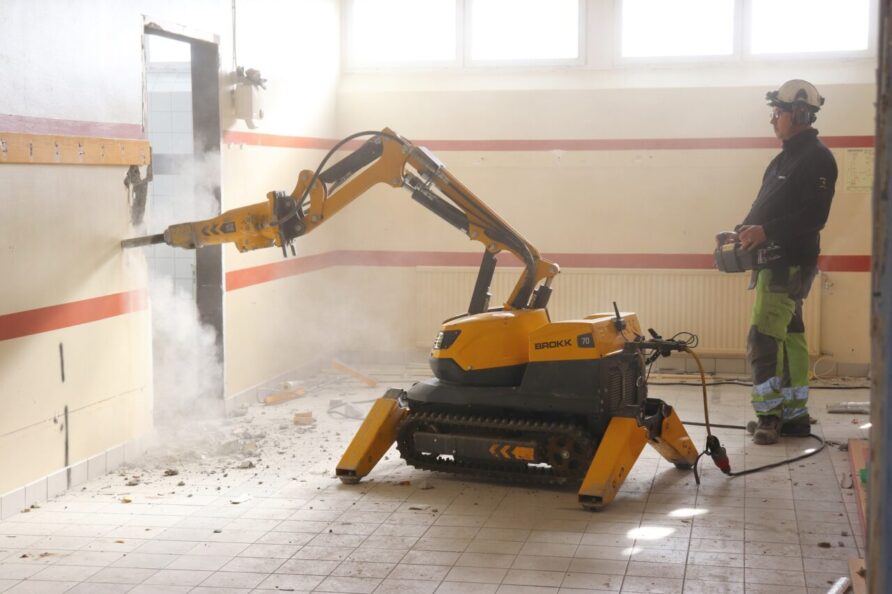
When stowed for transport, they are very compact.
And easily carried on a trailer.
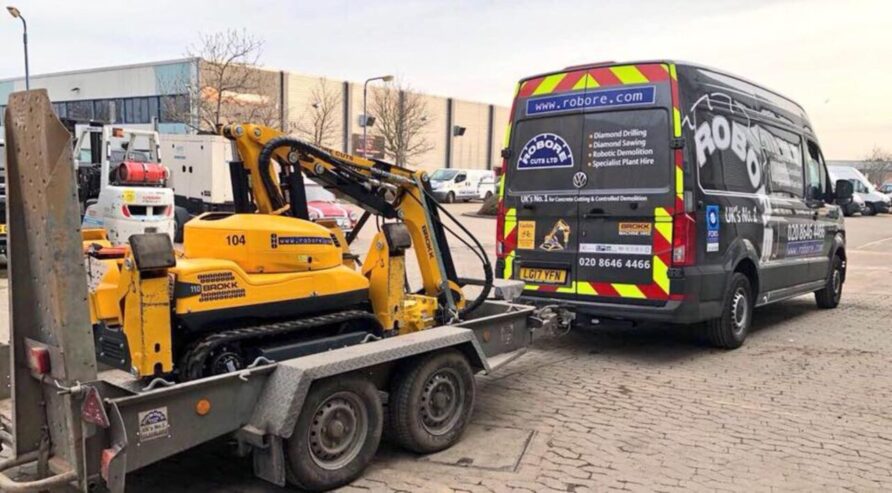
Various construction and demolition attachments can be fitted.
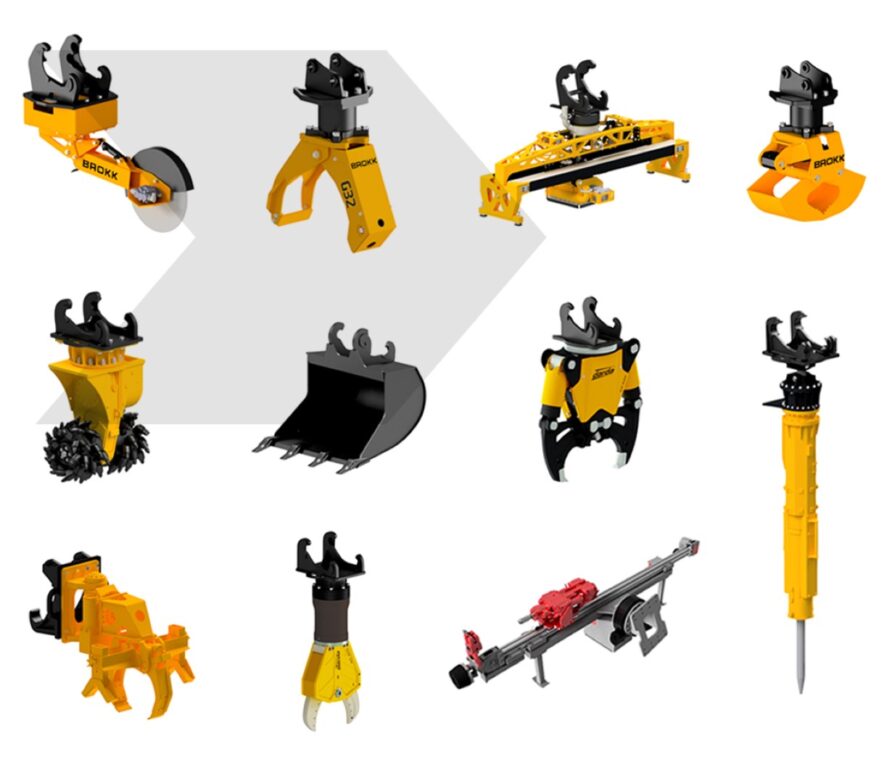
Larger models like the MN120 would fit inside, even on a trailer.
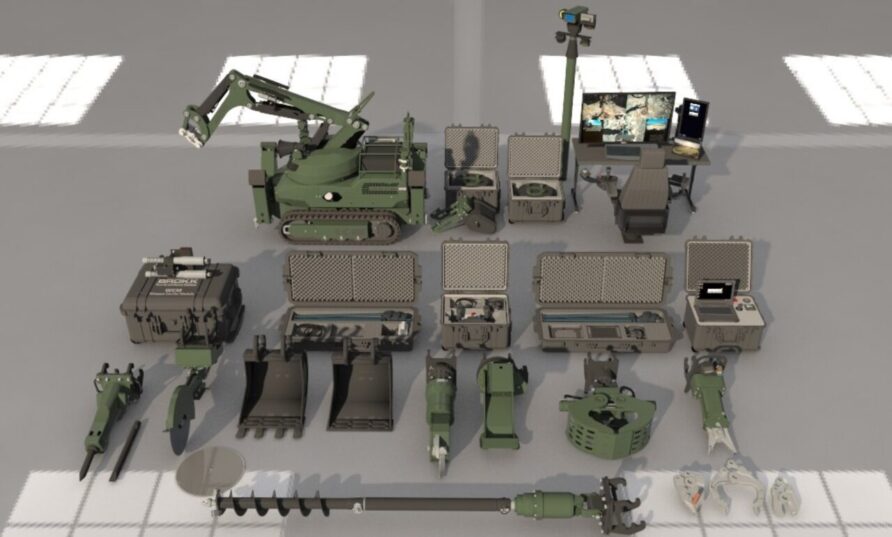
In the uncrewed section of this series, the RANG-R described there can also be fitted with construction and loader attachments.
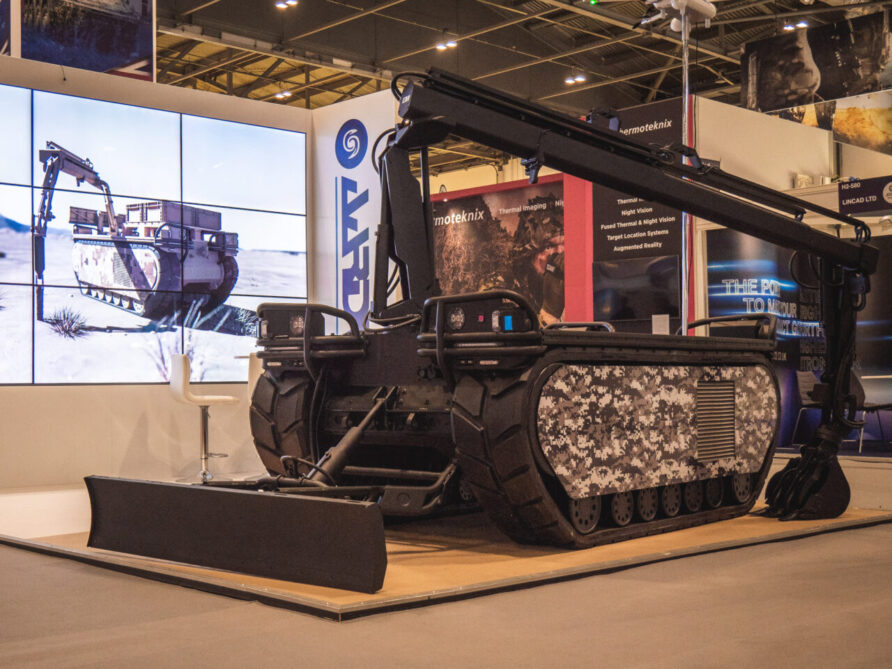
This hints at the appeal of vehicles like this, they can be a load carrier in one instance, and a loader in another.
Attachments
The compact wheeled and tracked tractors in the previous post offer a wider range of front and rear attachments including forestry winches, post drivers, loading shovels, clearance blades, backhoes, pallet forks, demolition grapples, root grapples, plate compactors, grader blades.
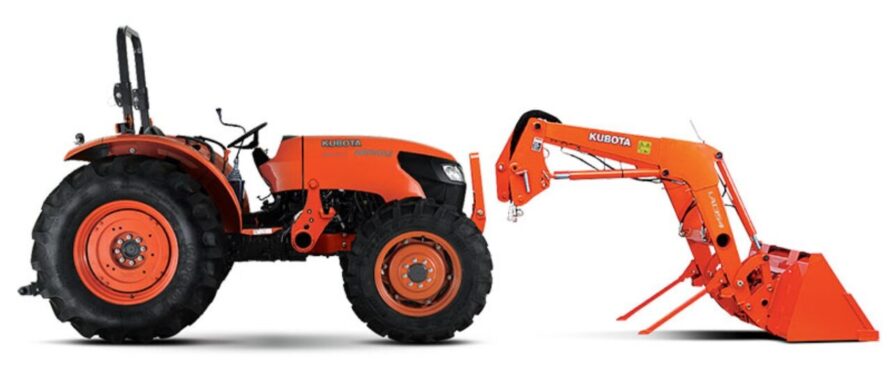
And when fitted.
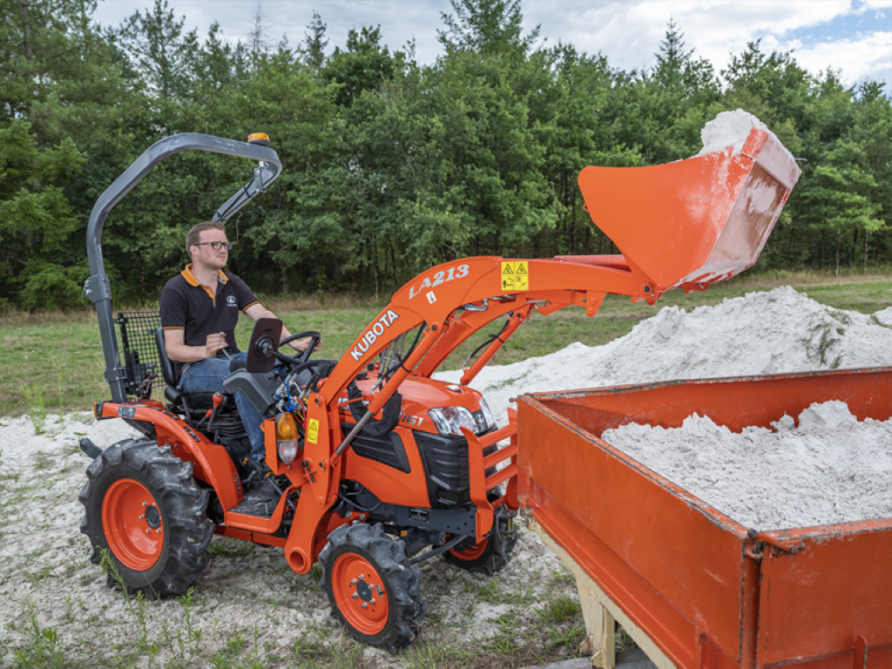
Backhoe

PTO-driven pumps, generators, compressors, and welders are available, extending the versatility of the tracked or wheeled tractor, and reducing the number of engines used for any given task.
One vehicle has many uses, and they work equally well on wheeled or tracked tractors.
The AVT range of skid steers can also be fitted with hydraulic attachments.
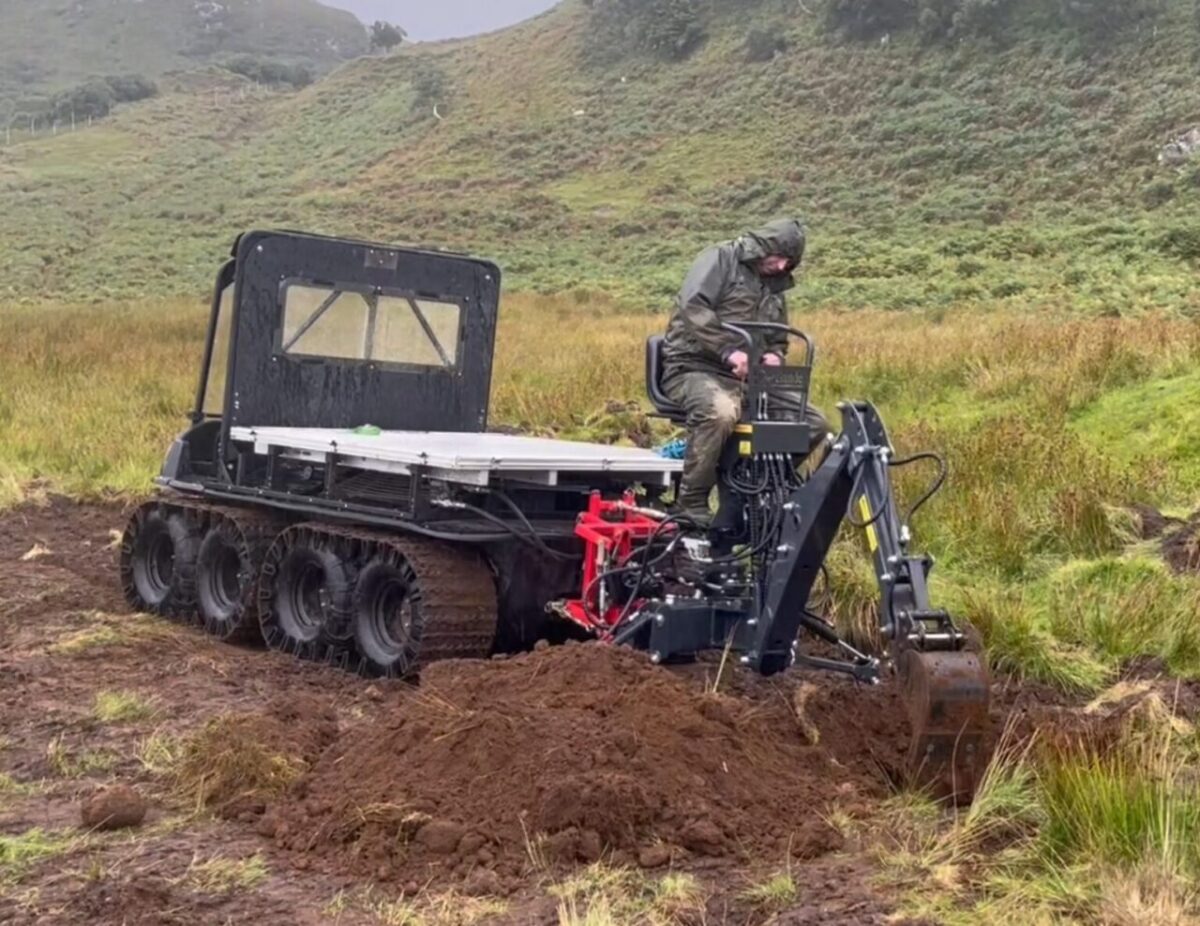
This kind of capability extends the usefulness of the base vehicle enormously.
Watercraft
Small boats would provide an additional mobility dimension, and if they belong in this series, they belong inside a helicopter.
The in-service Inflatable Raiding Craft with a width of 1.9m would fit already inflated and is an obvious candidate.
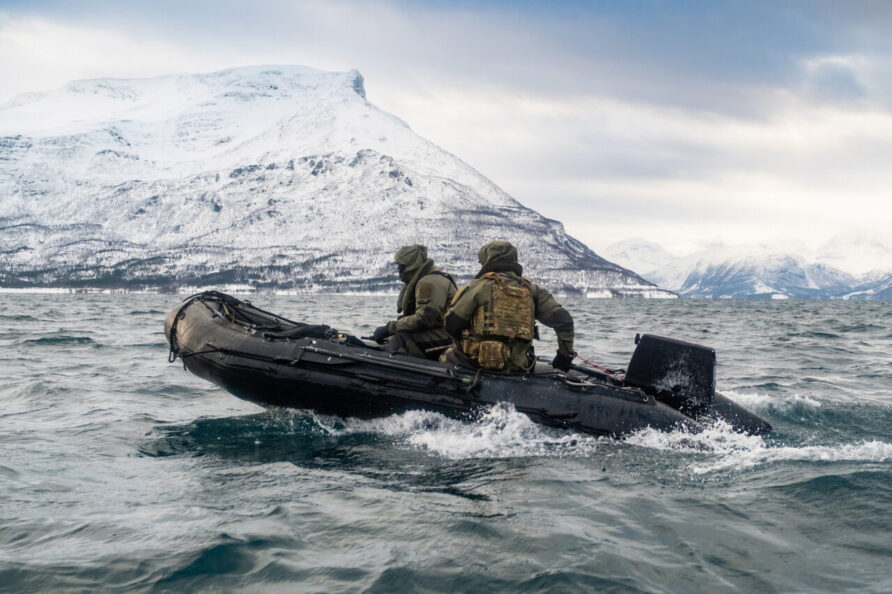
Deflated, it would be a compact load that most of the vehicles in the previous posts could carry.
Given this series is about vehicles, an inflatable landing craft might be more appropriate, this design from SIT in Preston is a good example, shown below with an ATV.
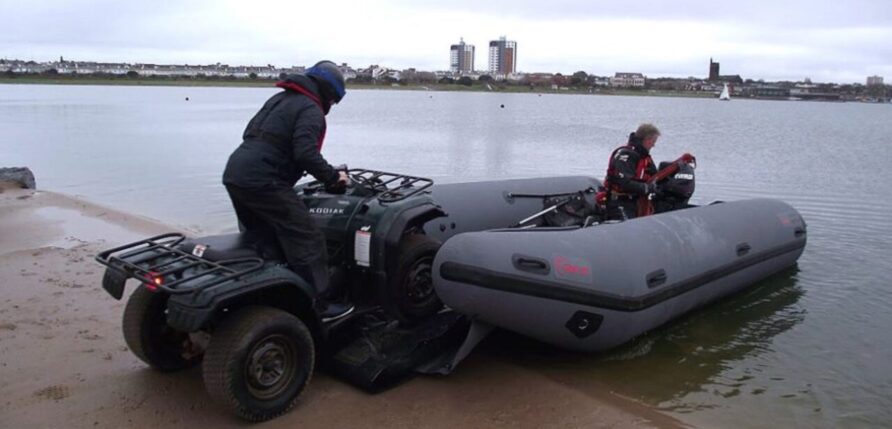
It weighs 144 kg without an engine, and when packed, is 2m long, 0.8m wide, and 0.8m high.
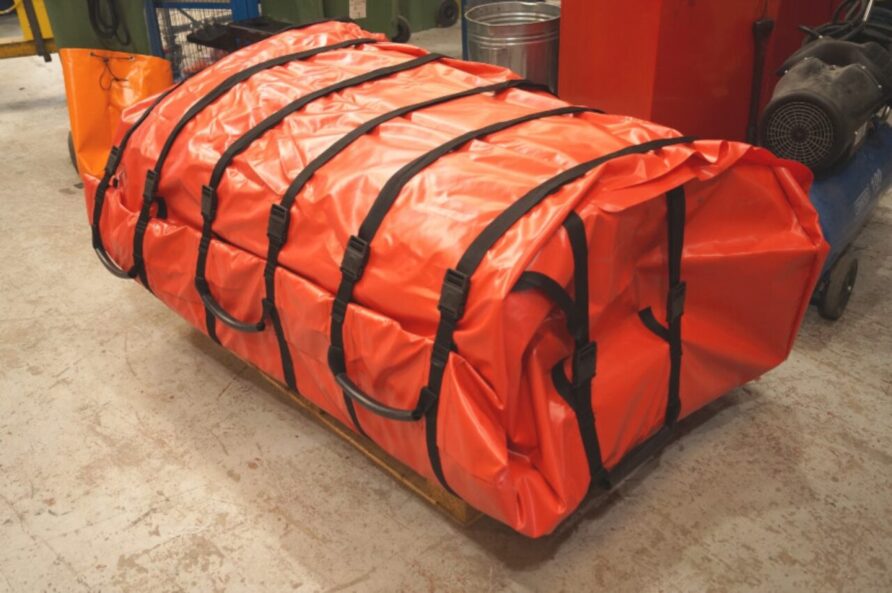
The maximum payload is a decent 2,000 kg. When fully loaded, the maximum speed is 16 knots.
A large model can also accommodate a side-by-side UTV-size vehicle.
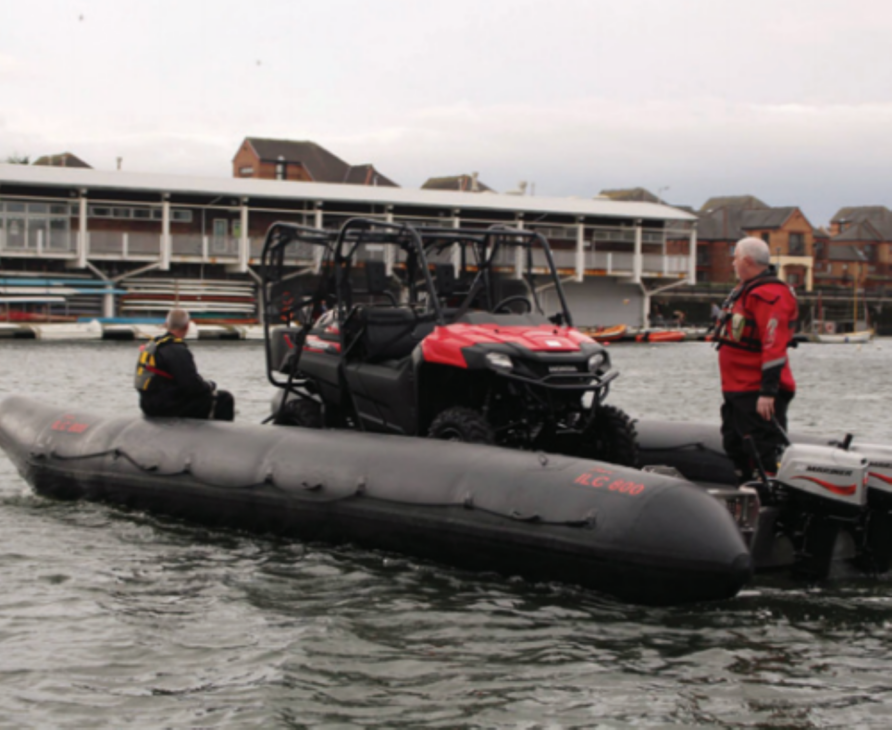
There are some smaller MDPE and aluminium workboats and pontoons that would fit, but these seem limited in comparison with the inflatable designs, at least for internal carriage.
An alternative to the larger boats carrying a vehicle is a personal watercraft or jet-ski.
The example below is the Guardrunner X from Safe at Sea in Sweden.
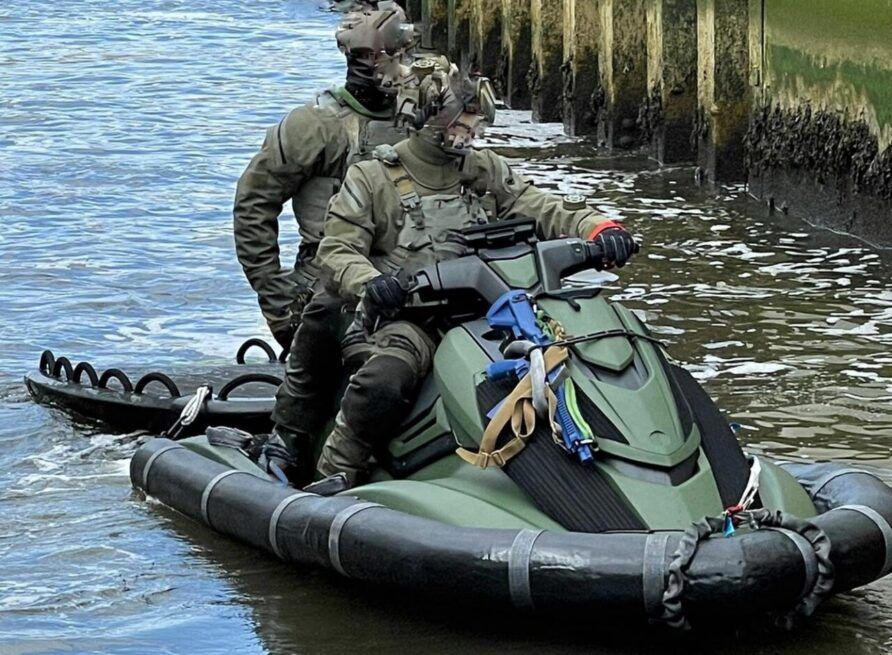
It has a range of military-oriented features and has been developed for use in cold weather.
The range is 119 nautical miles and has a top speed of 50 knots, with seating for up to 3 personnel.
The length is 3.75m, its width is 1.53m and its weight is 395 kg.
Given they would likely need a trailer, also included are small hovercraft, for movement across intertidal areas, ice, and other similar terrain they are ideal.
Nothing in the Griffon Hoverwork portfolio would be small enough but the British Hovercraft Company does have a few models in the right size range.
The Beast XL model has seating for two, a payload of 220 kg, a top speed of 30 knots and weighs 250 kg empty. It is 3.7m long, 1.85m wide, and 1.5m high.
The image below shows that even with a fixed thrust motor, they are not too tall, although a relatively low-slung trailer would be required.
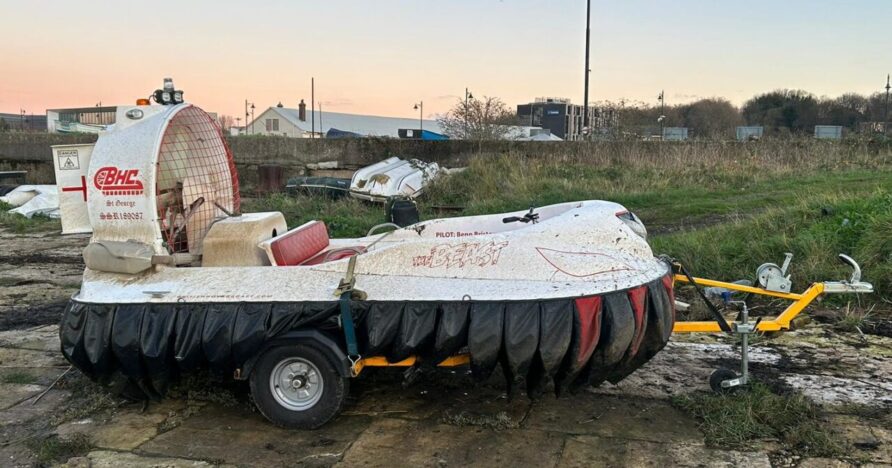
These are not heavy lifters but, like all the watercraft, add another mobility option, especially in difficult terrain.
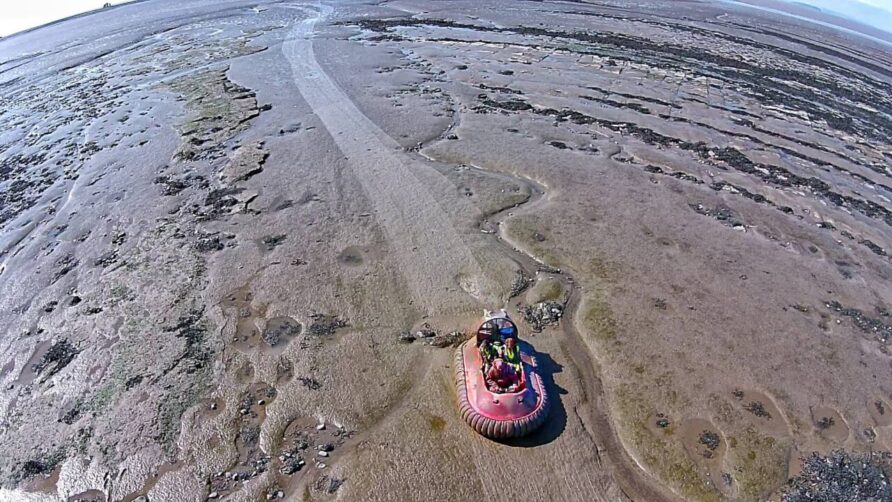
The Gibbs Terraquad is amphibious and has a maximum speed of 40 knots on the water.
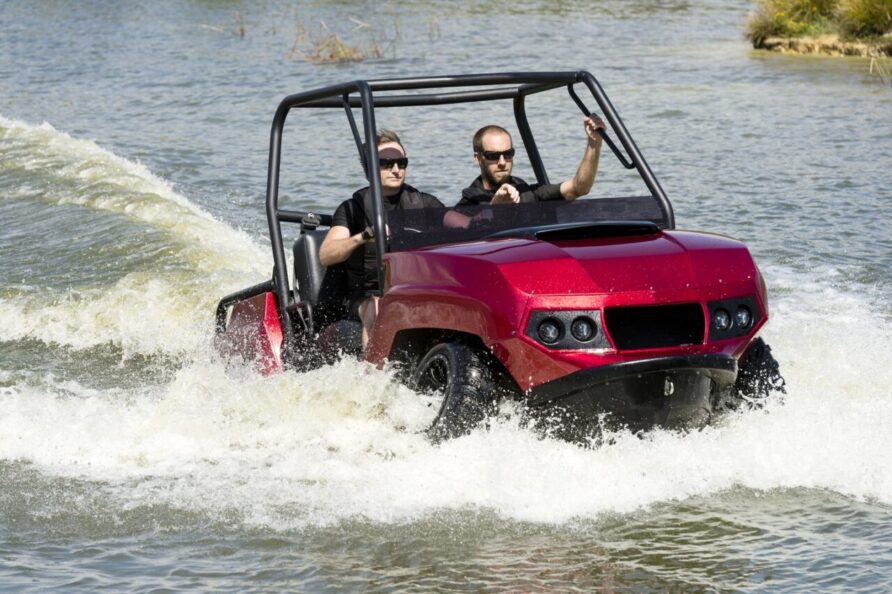
Discover more from Think Defence
Subscribe to get the latest posts sent to your email.

